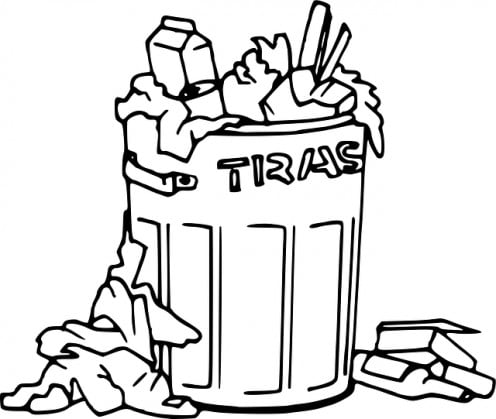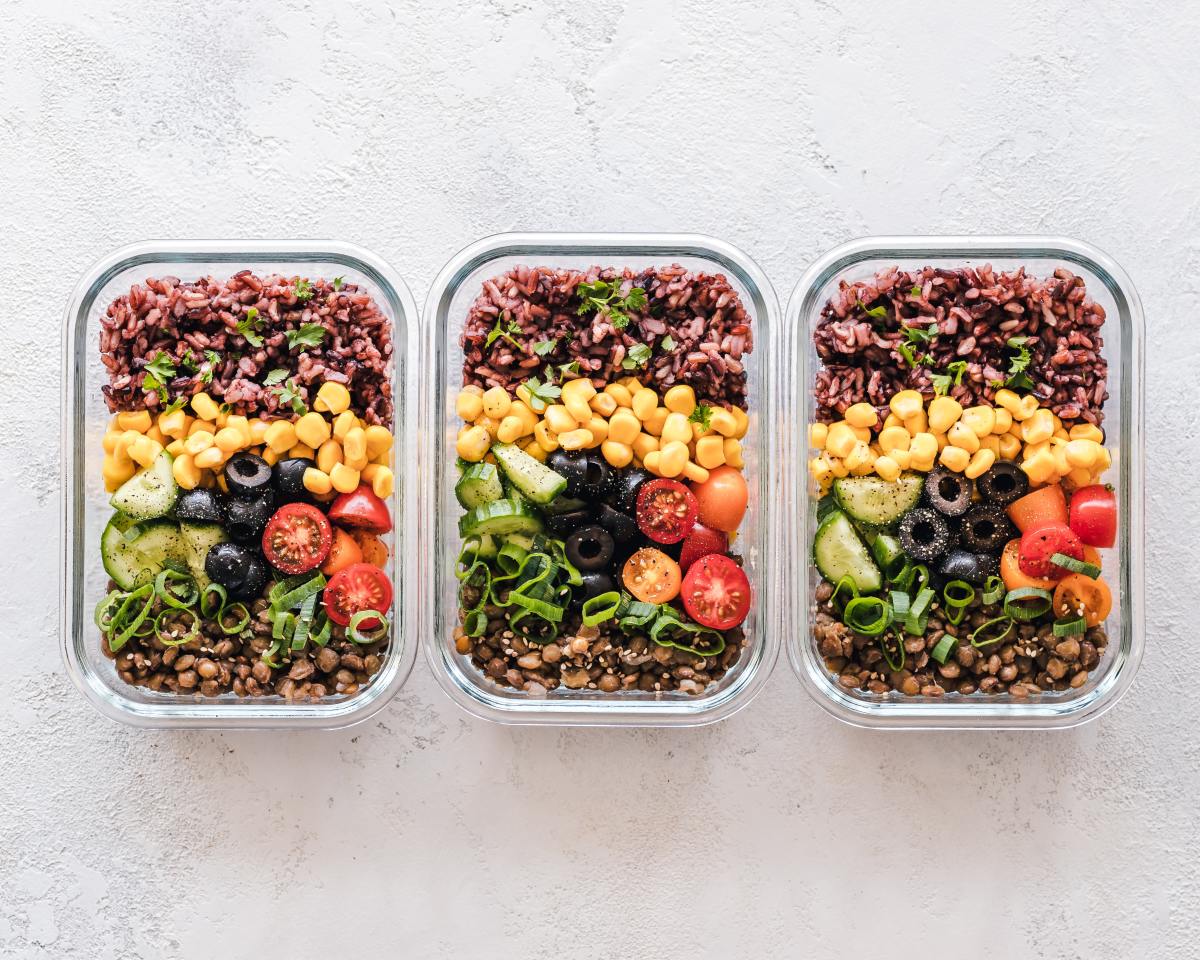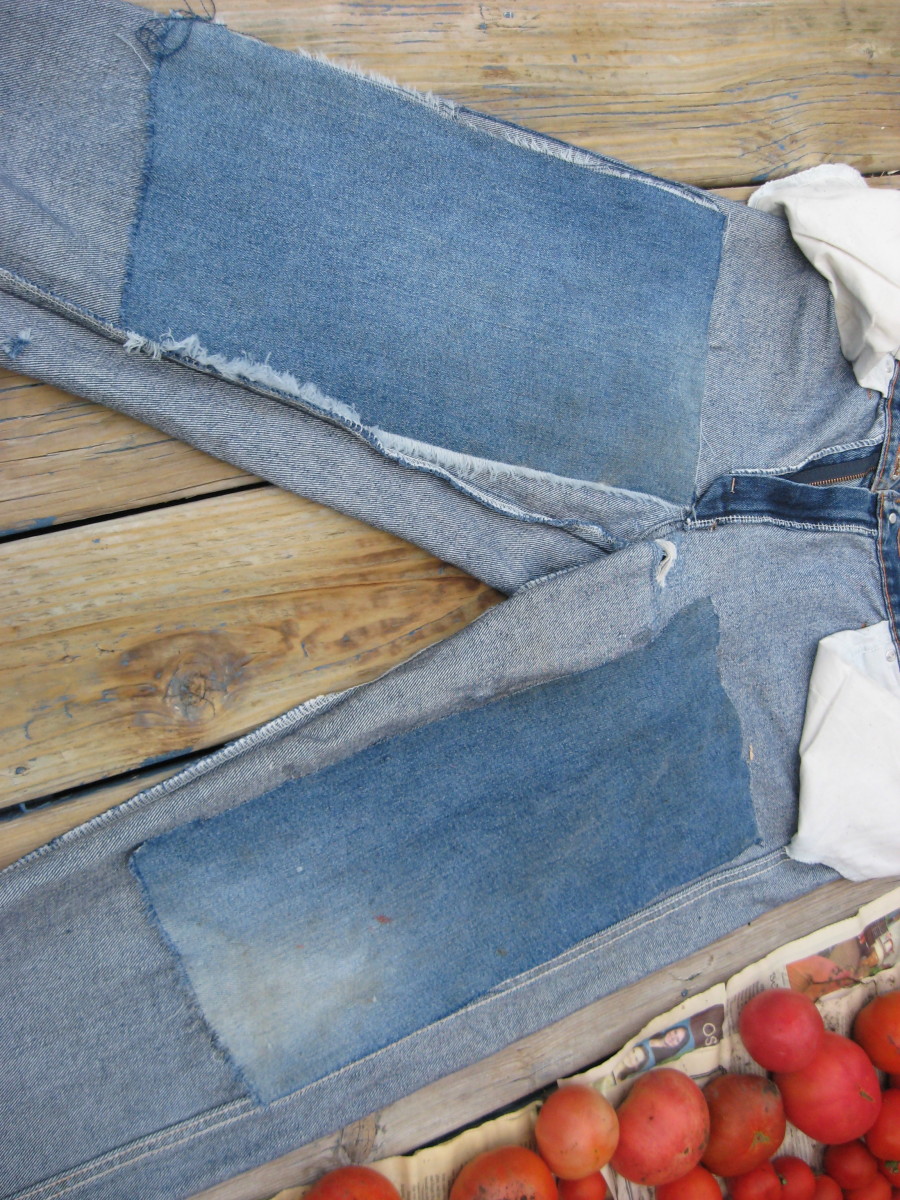Waste Less Food to Save $100 a Month
Trashed Food

We Waste 25% of Our Food
The average family of four wastes 25% of its purchased food, according to the Natural Resources Defense Counsel. In monetary terms, this family throws away $1,365 to $2,275 worth of food each year. Thus, the average family can save $100 a month (or more!) simply by wasting less food.
Below are 18 practical ways to waste less food. By following these tips, a typical family of four can expect to save more than $100 a month. They can also lessen their impact on the local landfill, prevent greenhouse gas emissions, and save natural resources.
Plan Meals
By planning meals, you'll avoid buying more perishable food than your family can eat. You'll also more accurately determine how much of each food you need to buy, so you won't end up throwing away the costly extras.
Beware of Volume Discounts
Don't buy a bigger size of a perishable food than you need just because it costs less per unit. This also applies to super-sized food packages from warehouse stores like Sam's or BJ's. You won't save any money if you throw away much of the food.
Societal Impact of Wasted Food
Wasting food also has a tremendous harmful impact on society at large:
- 40% of the food produced in the U.S. is thrown away, most into landfills;
- The food that's thrown away results in 33 million tons of landfill waste;
- Rotting food produces methane, which is a potent greenhouse gas;
- 25% of the freshwater used in the U.S. is used to produce food that's wasted;
- 4% of total U.S. oil consumption is used to produce food that's wasted;
- We collectively spend $165 billion per year on wasted food, including $750 million just to dispose of it.
Know Your Refrigerator
Almost every refrigerator harbors long-forgotten foods. Remember what you put in so you won't forget it. Put dated labels on the packages. Not only will you waste less food, you'll make your refrigerator seem bigger, and avoid nasty (and smelly!) surprises.
Make the Butcher Your Friend
Find ways to buy just the right amount of each foodstuff, rather than buying pre-packaged foods with more than you need. Use bulk bins (if available), ask the butcher for the right amount of meat, or buy just the number of rolls you need from the bakery.
Invest in Good Quality Containers
Buy a few good quality, air-tight containers to store foods. Rubbermaid and Tupperware sell great containers of many sizes and shapes which will help food last longer.
Cook It Before It Goes Bad
Many raw foods can be preserved by cooking them. For example, if you have raw chicken meat that's starting to get old, throw it on the barbecue and then save the cooked meat.
Use Your Freezer Liberally
Freezers extend the life of many foods. Leftovers will last long enough so you'll feel like eating them again. Even if a food doesn't usually need to be frozen, freeze it once it looks like it'll go bad before it's eaten. Even milk, fruits and lunch meats freeze well.
Buy Food Bag Clips
Cereals and many other foods get stale quickly unless their bags are closed after each use. Buy some clips to seal the bags after each use to extend the food's lifetime.
Serve Less Food
Don't serve more food than your family will eat. Once food gets on someone's plate, it can no longer be saved. There's nothing wrong with getting seconds.
Eat Leftovers
How often have you put leftovers into the refrigerator only to toss them out later? Eating leftovers gives you free meals, saves time, and keeps the food out of your local landfill. Freeze leftovers so you can wait longer before eating them.
Understand Food Expiration Dates
Most people are surprised to learn food expiration dates are not generally required by federal regulations, except for infant formula. Rather, the expiration dates printed on most food packages are merely manufacturers' recommendations for when the food should be used for quality purposes, and they do not address safety issues. Indeed, most foods can safely be consumed after their "use by" dates. For more information on labeling, see the USDA's food labeling factsheet.
Use Your Paring Knife
Many people throw out perfectly good fruits and vegetables merely because of a small blemish or bad spot. Use your paring knife to cut out the blemish, and eat the remainder.
Donate
Donate unwanted non-perishable foods to your local food bank, soup kitchen or shelter.
Give it to Friends or Family
If you can't eat all the vegetables sprouting from your garden, give some away to friends or family. Alternatively, can them for later use.
Compost
Compost food scraps to recycle the nutrients and keep them out of the landfill.
Get Rid of the Bad Apple
Immediately throw away any bad apple, potato, onion or berry so it can't infect its neighbors.
Feed Fido
Most dogs are anything but picky eaters. Why let things spoil if they'd make your dog's day?
Buy Smaller Restaurant Servings
Most restaurant meals are super-sized. Consider splitting an entree with your dinner companion, asking for a half-size portion at a discounted price, skipping the appetizer or dessert, or bringing home a doggy-bag.








![These Companies Will Send You Free Stickers [#05] These Companies Will Send You Free Stickers [#05]](https://images.saymedia-content.com/.image/t_share/MTczODA2NTA0NDkzOTgzMzcx/stickers-free.png)